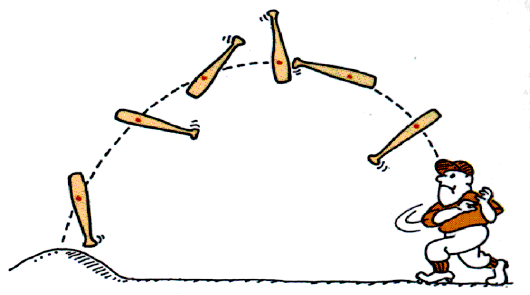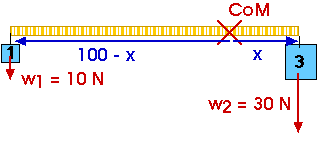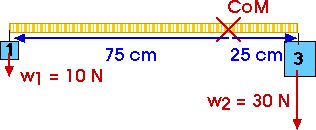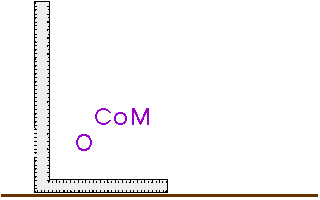

The Center of Mass is the average position of the mass of an object. It is a uniquely interesting point. We may consider an object as a hollow, massless shell with all its mass located at this Center of Mass.



How can we locate the Center of Mass in an extended object?
We can suspend it. The Center of Mass will always be directly under the point of support.
Then we can suspend it from some other point and know that the Center of Mass will always be directly under this point of support as well.



Remember that we can think of any object as a rigid, massless shell with all its mass concentrated at the Center of Mass.
How does this effect the stability of an object?
If an object moves a little, what happens to its Center of Mass? Does it move up? Does it move down?


If a small movement lowers the CoM, the object is unstable.
The two terms are often used almost interchangeable -- just as mass and weight are closely connected.
When we talk of astronomical objects -- certainly galaxies, but even our own Earth and moon -- there is a difference.
(C) 2003, Doug Davis; all rights reserved